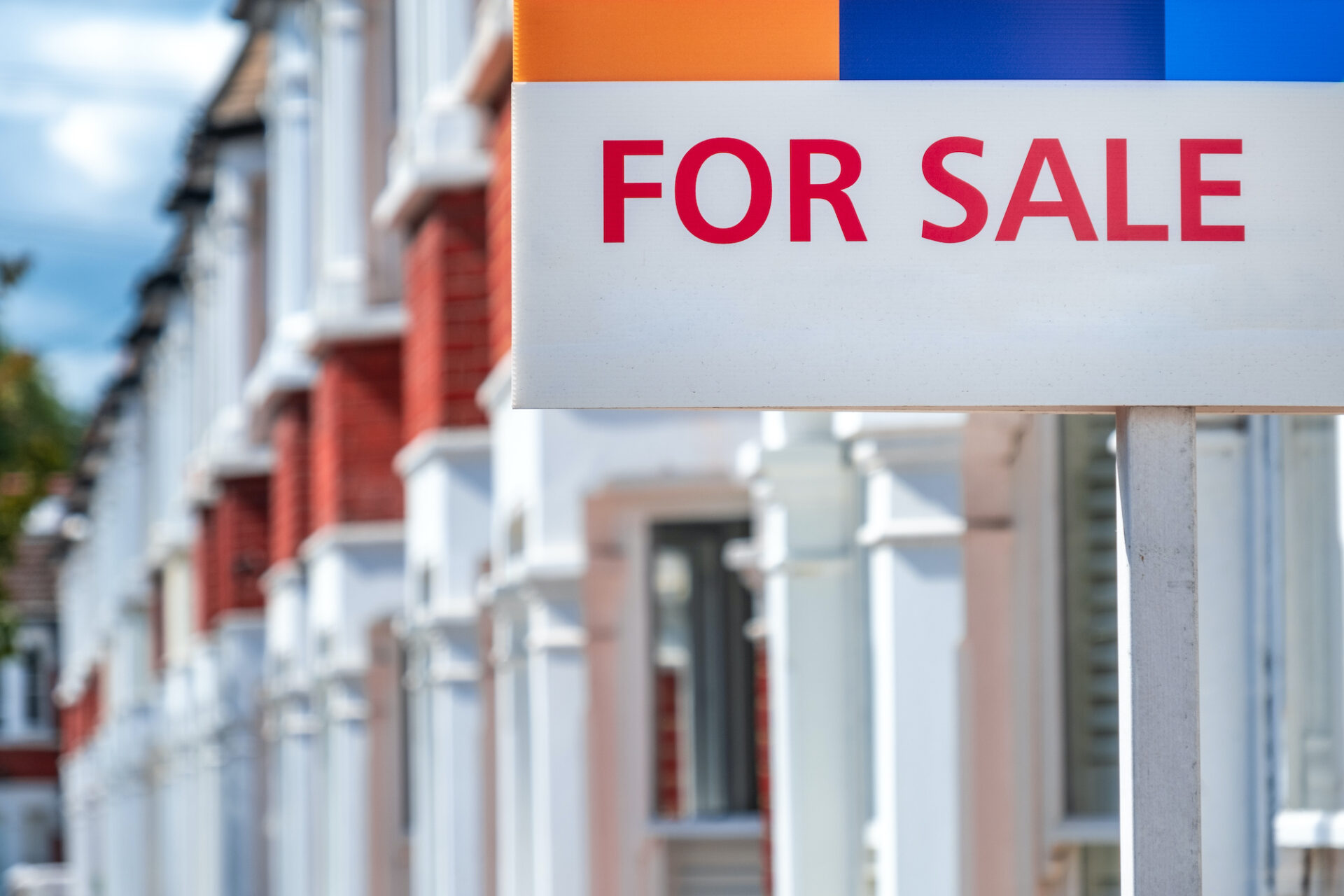Inventory jumped 18.7% YOY in June, with news listings beating out even typical pre-pandemic levels, Realtor.com reported in its June Housing Report.
The number of homes for sale increased at its fastest yearly pace of all time at 18.7%, up 8% from the month prior.
This is thanks in part to an influx of new sellers entering the market at a higher rate than in the years before the pandemic.
Compared to June 2021, active inventory increased in 40 of the 50 metros analyzed by Redfin, led by Austin, Texas (+144.5%), Phoenix (+113.2%), and Raleigh, N.C. (+111.7%).
However, prices have yet to come down as a result of new inventory.
The national median listing price instead rose to a new high of $450,000. And there are still fewer than half as many homes available than in June 2019.
“Our June data shows the inventory recovery accelerated, posting the second straight month of active listings growth in nearly three years. We expect these improvements to continue, as predicted in our newly-updated 2022 forecast,” said Danielle Hale, Chief Economist for Realtor.com.
“While we anticipate that more inventory will eventually cool the feverish pace of competition, the typical buyer has yet to see meaningful relief from quickly selling homes and record-high asking prices.”
Hale suggested that move-up buyers may keep demand elevated even as more houses come on the market. June’s inventory includes a bump in larger, more expensive homes that buyers looking to move up from their starter homes may be drawn to.
In June, homes with 1,750 square feet or more made up more listings, while listings for smaller homes fell.
“In other words, this first wave of supply improvements may be particularly opportune for summer sellers looking to upgrade from their starter homes, which could mean more equity to put towards purchasing a bigger property,” she said.
Underbuilding has been blamed for the massive home price appreciation and competition that cropped up during the pandemic. Freddie Mac has estimated the U.S. is short 3.8 million housing units, while the National Association of Realtors (NAR) suggested the U.S. needs 6.8 million more homes to meet buyer demand.
As a result, affordability has declined to its lowest point since 2007.
Market expert Ivy Zelman, the housing analyst who foresaw the financial crisis in 2005, thinks underbuilding may not be the number one culprit, though. In a report last year, her firm, Zelman and Associates, claimed that housing demand is overblown and that the country is already on a path to building too many houses.
“The perception that housing is drastically undersupplied and that a strong demographic picture lies ahead is creating a false sense of security,’’ the report reads.
“By our math, both single-family and multi-family production are already ahead of normalized demand and estimates of a housing deficit are grossly exaggerated.’’
